Writer-director Steven Knight and producers Paul Webster and Guy Heeley spoke to students from the UK’s National Film and Television School.
NFTS students were given a preview screening of the Tom Hardy thriller Locke followed by a Masterclass with three of the British filmmakers behind the feature: writer-director Steven Knight (Dirty Pretty Things, Eastern Promises, Redemption) and producers Paul Webster and Guy Heeley.
Locke, which won the 2013 British Independent Film Award (BIFA) for Best Screenplay and has received critical acclaim following its premiere at the Venice Film Festival.
The film breaks convention by featuring only one character, Ivan Locke (Hardy), stuck behind the wheel of a constantly moving car during a 90-minute race against time in which his life unravels. Told in real time, Locke talks to other characters over the phone as he drives up the motorway in a dash to be present for the birth of his illegitimate child.
Speaking to NFTS head of producing Chris Auty, Knight told students: “I wanted the film to be a play - but shot in a car - and to be an ordinary tragedy that could happen to anyone…to the most ordinary man in Britain.”
He chose set the story in a car because, “now we are all accessible constantly through mobile phones and other devices; there’s too much communication but also not enough.
“When you’re in your car you feel alone. You do things in public you wouldn’t normally do because the people you pass, you’ll never see them again. When you’re driving, it’s a journey and the car is a place where you reflect on and review your life… it’s a very interesting space.
“The car itself becomes a metaphor for many things in life; the rear mirror – that’s the past.”
Explaining the story of how the film got made, producer Paul Webster (Atonement, Eastern Promises, Anna Karenina) said it started with just the concept of ‘a man alone in a car’ written by Steven Knight on a piece of paper. From that the finance was raised, the film was shot in two weeks, completed in just a few months and was made on a small budget.
“The film was most exciting in its genesis,” he said. “We simply had a one-page idea…People bought the film on the basis of what was on that piece of paper before Steven had even written the script and despite the fact that it was about one man in a car.
“The financier knew he couldn’t lose money and with Tom Hardy on board that guaranteed added value. Steven wrote the script over Christmas, delivered the first draft by Jan 5 and we delivered the finished film by June 8.”
“The fact that the shoot was only one to two weeks long - that attracted more great actors to join,” added Knight, “People were intrigued…doors started to open to people who’d never be available if you asked them to commit to six weeks.”
The film is also ground-breaking in that it was shot on the motorway at night in real time, in sequence, like a play with filming only interrupted every half an hour to change the camera memory card, explained producer Heeley.
“We shot in sequence for six nights (five on a low loader and one a free driver) in the back of a car driving down the M1. We had three cameras and would only pull over to change the memory card, lens and camera angle.
“Instead of the usual call sheet with five pages for a film script or 15 for a TV programme, we shot 70 pages a night. That’s a super unusual set of circumstances.
“And while we’re filming him in the car, he’s speaking in real time to the other characters calling on a mobile phone. We had all the other actors in a hotel room calling in on a landline, which was a challenge for our two sound mixers.”
“It was crucial to film in this way,” added Knight. “It meant that Tom Hardy was always emotionally in the moment…The best shots always seemed to be at 4am in the morning.”
Heeley praised editor Justine Wright who “got dumped about 56 hours of footage, which she had to edit in a truncated time,” for deciding to focus solely on Tom Hardy and the action inside the car, as well as cinematographer Haris Zambarloukos who used a small Red Epic camera for creating a visually mesmerising film with limited space and lighting options inside the car.
Knight added: “I wanted to make a film that looks like something you’d see in an art gallery…something you could look at just for the images. Thankfully I worked with brilliant people who made it happen. As a director the amount you don’t need to know is enormous.”
Locke will be released in the US on April 25 and in the UK this Spring. Produced by Shoebox Films, international sales are handled by IM Global.

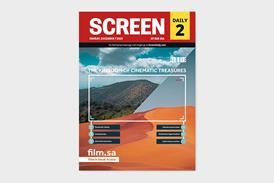

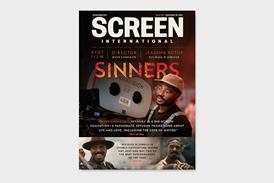


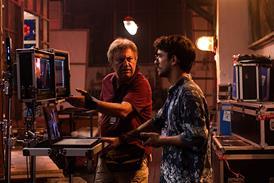





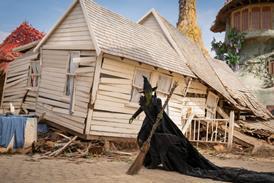
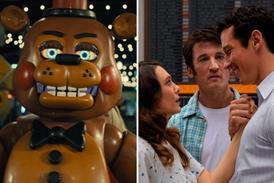


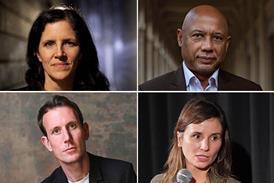





No comments yet